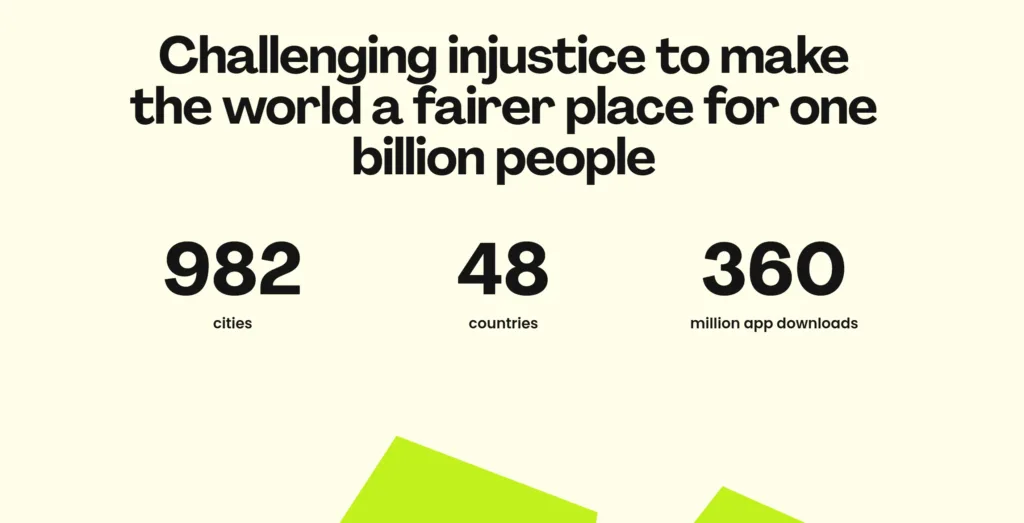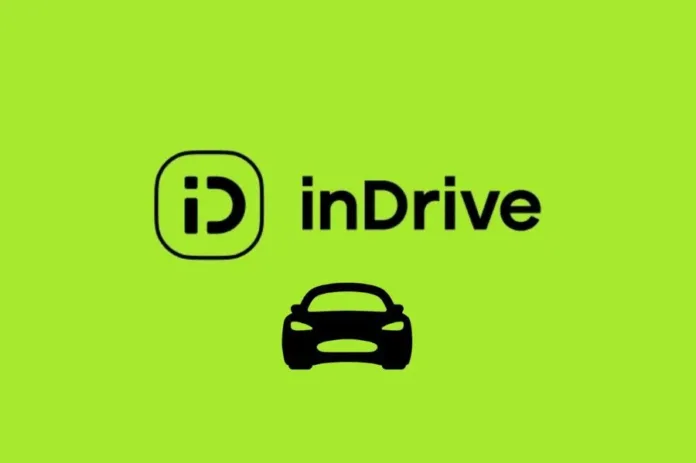Table of Contents
InDrive Super App Strategy: A Big Leap Beyond Ride-Hailing

The company has already built a large base. Since 2022, InDrive has been the second most-downloaded ride-hailing app in the world, behind Uber, with more than 360 million app downloads and 6.5 billion transactions. This scale gives it a foundation to test new ideas.
InDrive’s first step is grocery delivery in Kazakhstan, where it promises fast service, affordable pricing, and thousands of products. Early results show high satisfaction, with a net promoter score above 80 percent and repeat monthly orders per customer.
The company plans to expand this model into multiple countries over the next year, targeting markets such as Brazil, Colombia, Egypt, Pakistan, Peru, and Mexico.
Andries Smit, InDrive’s chief growth business officer, explained the logic in an interview: if customers use the app more often for daily needs, they become more loyal. That loyalty is what InDrive wants to build by moving beyond cabs.
Why Kazakhstan Leads the InDrive Super App Rollout
Choosing Kazakhstan as the first country may surprise some readers in the U.S., but Squaredtech sees clear reasons. Kazakhstan is the largest economy in Central Asia and one of InDrive’s strongest operational hubs. The company already employs its largest staff there, covering both research and operations.
Consumer behavior also matters. Kazakhstan has seen a sharp rise in digital adoption. A recent Dealroom report noted that the tech ecosystem there grew to $26 billion in value in 2024, an eighteen-fold increase since 2019. The report also confirmed that InDrive’s growth in the country reached 44 percent in the past year.
For grocery deliveries, Kazakhstan offered the right mix of urban demand and digital readiness. InDrive operates a dark store model, stocking items in dedicated warehouses to enable quick deliveries. About 90 percent of goods are ready-to-eat meals and essentials, while fresh produce makes up the rest. The company says this mix keeps costs low and orders frequent.
Since the launch, InDrive has expanded its number of dark stores in Kazakhstan by 30 percent, showing commitment to scaling the service.
Competition does exist, as local grocery apps are already active. But InDrive wants to win by becoming what executives call the “Aldi of online groceries,” offering low-cost products for cost-conscious consumers who often face limited choices.
InDrive Super App: Success or Déjà Vu?
The term “super app” refers to an app that bundles multiple services into one platform. Some companies have succeeded. WeChat in China and Gojek in Indonesia turned this model into billion-dollar ecosystems. But others, including Meta in the U.S., failed to convince users.
Squaredtech notes that InDrive believes it has an advantage. The company’s bidding-based model already distinguishes it from Uber and Lyft. In ride-hailing, passengers propose a fare, and drivers accept, reject, or counter. This system has been popular in price-sensitive markets across Asia and Latin America.
Smit, who previously worked with WeChat, said the key will be using AI integration. InDrive wants AI to personalize services, improve accessibility for users with disabilities, and support people with limited literacy. If done well, this could give InDrive a unique angle in regions where digital inclusion is still uneven.
Funding also supports the expansion. In November 2023, InDrive launched a $100 million venture and acquisition arm, of which about 30 percent has already gone into the super app strategy. The company even invested in Pakistan’s Krave Mart, a grocery delivery startup, though no launch date for groceries in Pakistan has been set.
Challenges in India and Competition With Uber
India remains a difficult market. Despite operating there, InDrive has struggled to gain share against Uber, Ola, and Rapido. Data from Appfigures shows that in 2025, InDrive downloads fell by 22 percent year-to-date, while Uber surged by 60 percent and Rapido nearly doubled its base.
Users in India cite safety concerns as a reason for avoiding InDrive. Some drivers said the bidding model has been exploited by fake riders, while passengers complained about disputes during price haggling. InDrive has promised more education and training for both drivers and riders to fix safety perceptions.
This contrast highlights how regional differences affect the super app dream. Where Uber focuses on higher-income consumers, InDrive targets cost-conscious users. In many frontier markets, that gives it an edge. But in India, where competition is intense and consumer trust is fragile, progress has been slower.
What Comes Next for the InDrive Super App
InDrive’s super app vision goes beyond groceries. Squaredtech has confirmed that financial services are a major part of the roadmap. In markets like Brazil and Mexico, drivers already access small loans through the app. Expanding that to passengers and small businesses is under review.
Other ideas include micro-mobility services, such as linking consumers to local bike rentals or public transportation. The company wants its app to feel city-specific, adapting services to local demand.
As Smit explained, the goal is not to build everything in-house. If InDrive lacks expertise in a vertical, it will partner with established local companies. This flexible approach could help it scale faster than rivals that try to control everything internally.
InDrive Super App: What It Means for Global Tech
At Squaredtech, we view InDrive’s super app strategy as one of the most ambitious moves in the global ride-hailing sector in years. Success is not guaranteed. The failures of Meta’s “super app” experiments remind us that not every market wants all-in-one platforms. But InDrive’s choice of frontier markets, cost-focused users, and AI personalization could create the right conditions.
If InDrive succeeds, it could set a model for ride-hailing companies in emerging economies, showing that loyalty comes from offering more than just rides. If it fails, it may be remembered as another super app experiment that overreached.
Either way, the next 12 months will determine whether InDrive can truly transform into a global platform serving groceries, finance, and mobility under one app.
Stay Updated: Tech News


